
It was late Spring of 2018 and I’d just signed a Non-Disclosure Agreement, followed shortly by a phone call so that I could learn what my NDA was in reference to. About 30 minutes later, I hung up the phone and began processing the news: I had been asked to create 135 Marvel Masterpieces trading cards over the next two years.
There were some concerns. This was a massive commitment on a major IP with an art director I’d not yet spoken to in a niche genre which I had virtually no professional experience. There’s a few things that could go wrong.
I felt confident that I could meet the deadline, but I had no idea how involved approvals and feedback might be. I was highly enthused about the project, but would that endure over so many pieces? I felt I’d have an interesting take on the Marvel Universe, but would it match with what they were expecting from me? One thing I knew for sure: in that moment, I don’t remember ever being so excited for an upcoming project. It was the easiest “yes” I’d ever given and any issues would be managed as they cropped up.
It was only due to many years of other professional challenges that I felt at all equipped. More than a decade on Magic: The Gathering had taught me how to hit a story beat that would read in miniature. Over half a dozen illustrated novels had taught me how to pace a long term project. Personal work and gallery shows had taught me how to self-direct and think in series. Under all of that was a childhood steeped in the subject matter. Somehow all of these threads had come together. And with them were many hard-learned lessons that I hoped would help me to do this set justice.
You’re judged by your weakest piece
It’s an old saying that is usually applied to portfolio building. Just a couple weak pieces will poison a whole group. This lesson is one that has been reinforced for me over the years from some of the illustrated novel projects I’ve done. Every one of them had pieces I was very proud of, but some pieces also fell short of my intentions. Looking back, it soured the group for me to be diluted with paintings I’m not entirely happy with. I feel I was able to manage this better with each such project, to remember the importance of holding that high standard for every piece. There’s going to be a range obviously, so some pieces will always rise above. The important thing was to hold that standard and make sure my least favorite piece was still one I could stand behind. To fight hard for each and every one. In striving for this, I came up with a new philosophy to live by:
It never hurts to deliver more than is expected
Sometimes you know you can coast here and there. Being complacent with that is what leads to lazy work. For this reason, I wanted to take every character seriously, even (or especially) the D-listers that I’d never heard of before. While a marquee character carried a certain amount of pressure to do right by them, I looked at the second stringers as an opportunity to create an iconic or defining image because they were less known. I needed to be excited about something in each and every one.
My first step was research. Briefs for the individual pieces were open ended, basically just a checklist and zip folders full of costume references. For every name on my checklist, whether new to me or a character I’d read for years, I wrote up an index card. On the back I noted their personality, powers, key history, and any relevant texture. On the front, I gave each one a mood key and made notes on possible story beats. The mood key was a brief phrase, sometimes just a single word, that was core to the image I wanted to make. “The best of us,” “fierce predator,” and “the Right Stuff” are some examples. This was something I could always return to and make sure I was not losing sight of the primary impact.
To take that a step further, I built a playlist and assigned one specific song to each card. If my image didn’t fit the song cue, I might be missing the mood on it. This turned out to be very helpful in maintaining focus while sketching.
Designing for efficiency
To manage so many assets, I needed to work in groups. I also needed to have three different stages happening simultaneously. These stages were pencil roughs, finished sketches, and finals.
In my normal workflow, the earliest stages are the hardest. Each step forward, I make decisions which narrow things down until, by the time I’m ready to paint, I’ve solved almost all the important problems. The pencil roughs are the first round of problem solving and they nail down a story and composition blueprint. The challenge is just taking a blank piece of paper and turning it into an exciting seed of an image. Once I had feedback from these, I would begin referencing the sketch.
Most of my reference is shot in-studio or pulled from my personal photo archive. Because I had a long view of what characters I would be painting, I cast different models for certain pieces and was able to shoot for several pieces in a single session. This let me be more efficient and flexible. Sometimes I didn’t end up getting to some of those photos for months, but I was building up resources so that they would be available when needed. With references in place, I would paint up a batch of 5×7 oil studies and send these up for approvals.
Once my sketches were approved, I could jump into the finished pieces immediately, having already worked out all the referencing and details.
I maintained a spreadsheet to keep track of everything. This tracked model casting, which stages had been completed (rough, ref, sketch, block-in, final), and had color coding to show at a glance which pieces were completed. I’ve just recently expanded the spreadsheet to manage my sales details as pieces are made available.
It took a while to get all of these stages moving in parallel with eachother, but by the fall of 2018 I had a batch of pencil roughs informing my photo shoots, was building my reference stockpile, and generally was keeping five to ten sketches ahead of my finals. On any day, I could direct my energy where it was needed most and rotate duties to not burn out on any particular step.
I owe a tremendous amount of gratitude to Samantha Padilla, my art director at Upper Deck, for being on top of everything and giving me all the support and on-point feedback I needed. For most of my contract I was also balancing time with other client jobs, but the flow and structure of Masterpieces always ran smoothly.
Sprinting to the finish
As the deadline grew closer, the unexpected happened. The country went into lockdown due to Covid. Fortunately, and I can’t call it anything other than good luck, my prep strategy meant I had already finished shooting reference of models by January. At this point I was entirely occupied in the sketching and finals. People have asked about how much time each piece took. In late 2018, I was hitting about four a month. By May 2020, when the set was completed, it was four a week. But it’s really impossible to say how much time each took, because those finals were built on a much longer stretch of planning and preparing. I can say without question though, everything felt like it was really flowing by those last months. All of the early planning allowed a very high output when it was needed most without having to rush, pull all-nighters, or or any other just-get-it-done methods that could compromise quality. To be sure, my time was pretty well occupied in those last months making sure I made my deadline, but the critical work had already been done months earlier. At that point it was just a question of getting my butt in the chair every morning and picking the fruits of that earlier labor.
The full series is scheduled to release in the coming month and I’m so excited to finally show what’s been my little secret all this time.



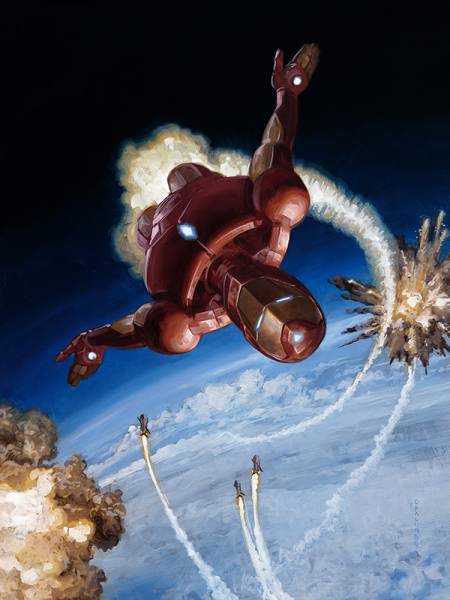

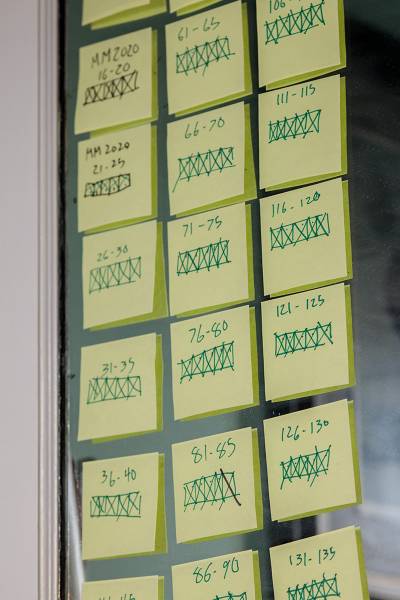
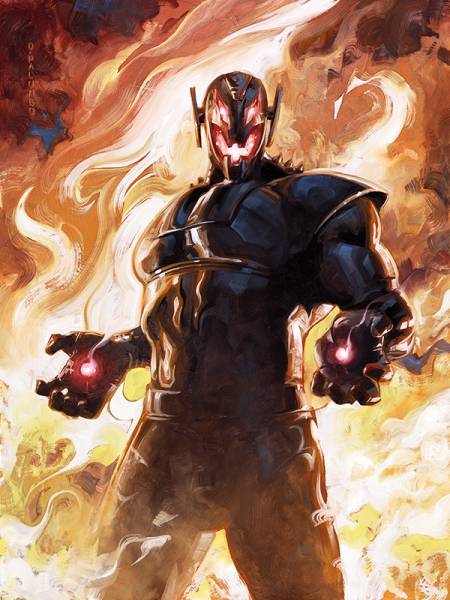
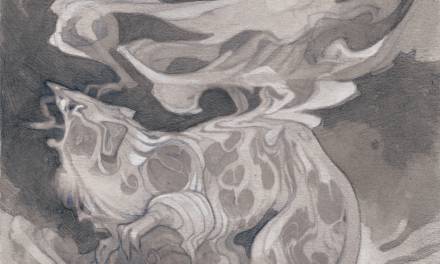
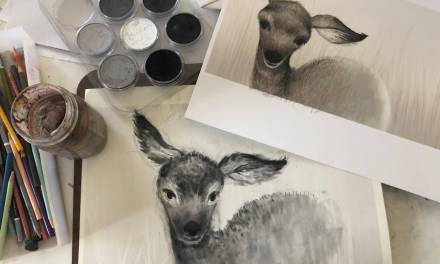
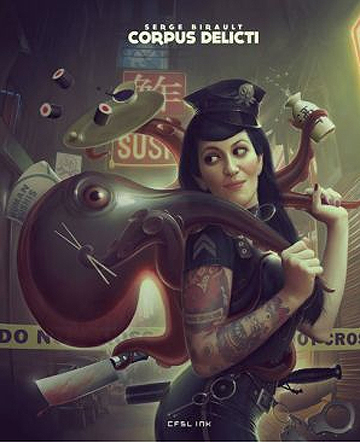
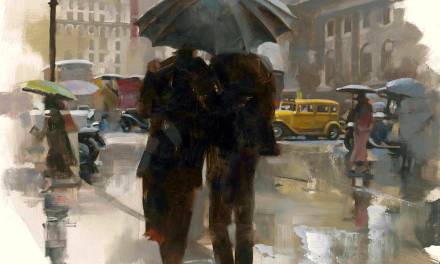
Congratulations David! what a commitment and to be painting at 18″x24″ turning out 4 a week is incredible. Cheers!
Thank you! I think about 25% of the pieces were 18×24, the rest were a more modest 12×16, which is my normal size for Magic cards
Terrific achievement! Your planning paid off.
Thank you!
Sure be glad when Upper Deck will let you show off few more pieces before release.. you know you got lots of fans out here ready for previews even it’s a few cards
Same! Thank you 🙂
Incredibly inspired body of work. Love the picture making particularly. One of the best projects I’ve seen in years!
Thank you, very much appreciated!
Epic work and planning!!! Great read as always 🙂
Thanks!
Congrats Dave! It’s been a joy watching your journey ever since I got the first Quickie book. This project really seems to suit you like a glove. Gorgeous work!
That Daredevil painting is so spot on ! Congratulations !
Congratulations, what an epic project! The Ultron piece looks incredible and I’m looking forward to seeing the others.
These came out so awesome. I can’t wait to see the rest!